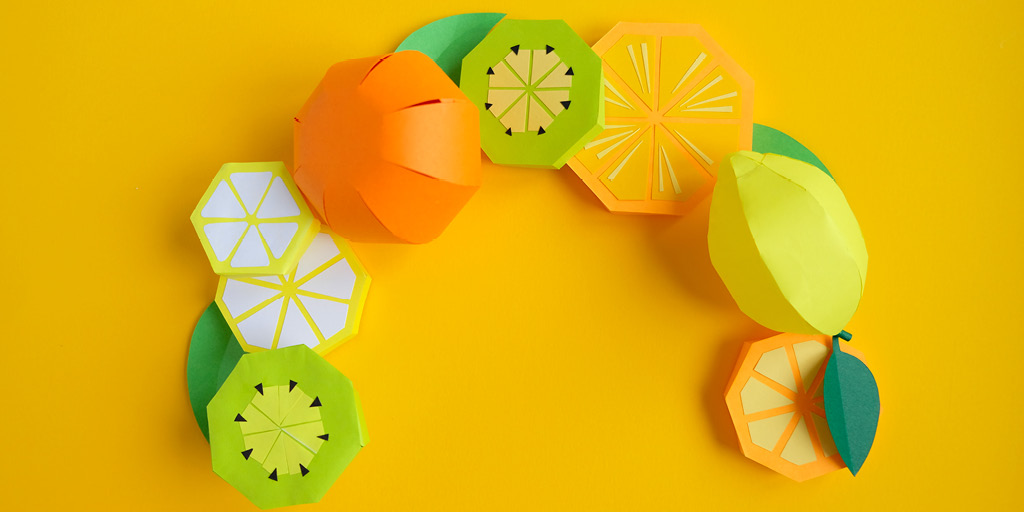Is Healthy Food Really as Sustainable as You Think It Is?
Did your New Year’s Resolutions include finally improving your diet? While you might think you are kicking goals for you and the planet, you might need to look closer at some of your ‘sustainable’ choices.

When it comes to New Year’s Resolutions, making positive changes to our diet is usually one of the most common. On average, just under half of people who make resolutions include this as one of them, though if you’re anything like me, the better diet usually lasts until you get back to work and you hit the first morning coffee of the day!
In recent years, campaigns like Dry January and Veganuary have helped inspire people to make changes by giving them a target, or calendar month, to kick-start their plans. And though many of us fall by the wayside, plenty of people use this as a springboard for moving towards a more plant-based diet than they might have had before.
However, while diet changes are good for the individual, some of our choices may not be as good for the planet as they first seem. The dual impact of a healthier lifestyle and helping the planet isn’t quite as simple as eating less meat and dairy or adding more vegetables into our weekly menus. So, if you’re thinking about making these changes this year, you first need to understand how sustainable our healthy and sustainable choices are.
Good for you, bad for the planet?
It’s not as simple to say that some foods are good for the planet and others are bad. As with most things in life, there is a balance to be struck and pros and cons to any option. We are largely aware as a population of the impacts of cattle farming on climate change, but simply cutting back our red meat and dairy consumption isn’t the whole answer.
Certain foodstuffs have just as high an impact on the environment and can be classed as unsustainable, but this can be overlooked in our quest for a healthier diet. Some of the top culprits are:
- Avocados – I’m not trying to demonise avocado, but something that takes approximately 320 litres of water to grow each fruit is not a long-term option. And that’s before we get to the farmers growing avocados being priced out of eating them, due to our voracious appetite for them…
- Farmed Fish – even when the farms are more ‘local’ to us (I’ll happily go to bat for Scottish salmon as the best in the world!), these is a substantial impact on sea and freshwater areas with how the fish are often farmed.
- Rice – again, largely down to how these crops are grown, but the volume of water required to grow and keep rice crops, plus the methane that is released in the process, mean they’re not as good as we might hope.
- Cereals – as with rice, water consumption is high, but with cereals being used in animal feed and for general consumption, there are risks attached to creating a ‘monoculture’ where the more profitable crops are concerned.
- Fruit and Veg – yes, even fruit and veg can be unsustainable through water usage and pesticides in certain areas to grow in sufficient quantities for market demand.
Healthy Eating, Healthy Sourcing
While there is no agreed definition of what ‘sustainable food’ actually is, it follows along the same lines as basic definitions for sustainability. That is, food produce in a way that is not detrimental to the environment, protects the diversity of plants and animals and the welfare of animals, and is fair to those who grow it in terms of fair prices and contributing to the economies.
How do you get the balance of good for you and good for the planet? There are some basic procurement principles that you can bear in mind to help you on your way.
- Source Locally (on-shore your supply chain) – buying your food from local sources, small retailers and even direct from producers can help your local economy and reduce your food miles. This allows for things activities such sustainable agriculture to take place and avoids high demand that can create monocultures.
- Source Seasonally (avoid unseasonable demand) – do we really need all our favourites all year round? Sourcing locally is great, but we need to consider the impact of year-round growth of plants and crops, for example, in the energy consumption for artificial ripening.
- Ethical Sourcing (buy Fairtrade) – if, like me, having coffee is a necessity, then take the time to consider where you are buying from. Crops like coffee, chocolate, fruit and vegetables have a variety of organisation, like Fairtrade, where measures are taken to ensure a fair price is paid, and money is invested in local communities.
- Savings – it couldn’t be a procurement article without a mention for savings! You’ll ultimately spend less by planning your meals, buying what you need and actively reducing your food waste. And reducing the food waste is better for the environment anyway! Remember, the best savings are not spending the money in the first place…
We don’t have to make revolutionary changes to our lives to do our part. Just considering the foods you are buying and how you buy them is half the battle. There are some great, sustainable foods out there that you can investigate with a little effort. They’re good for your waistline, good for the environment and may even be good for your wallet too. It’s a win all round!